1. New York City

Of course New York City ranks at the top of nearly every noise index, thanks to its 24/7 traffic, subway rumble, sirens, and crowds and the fact that the most people live there. The DOT’s sound‑mapping shows constant ambient levels often exceeding 65 dB louder than a normal conversation. Chronic exposure has ties to sleep issues, stress, and even heart conditions. Despite noise‑control laws that ban loud sounds at night and the deployment of sound‑sensing traffic cameras issuing hefty fines, the city’s sheer density means quiet is a luxury. People often rely on earplugs, soundproofing, and “quiet zones” like libraries or parks to escape the din.
2. Los Angeles
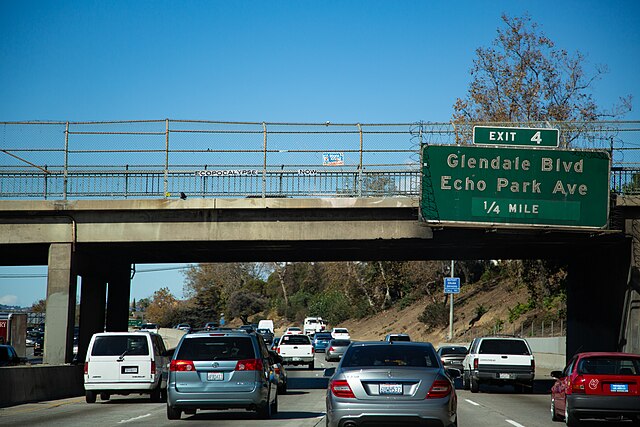
LA’s roads are jam-packed with over 2,600 commuter vehicles per square mile and it has one of the busiest airports in the nation. The continuous hum of engines, frequent take‑offs and landings, and sprawling urban sprawl combine to keep noise levels high, day and night. City studies show that vehicle tire noise dominates highway sounds, prompting “quiet concrete” trials designed to reduce road noise by nearly 6 dB. Still, growth in construction and transit means LA residents often experience sleep disruption and increased irritability.
3. Chicago
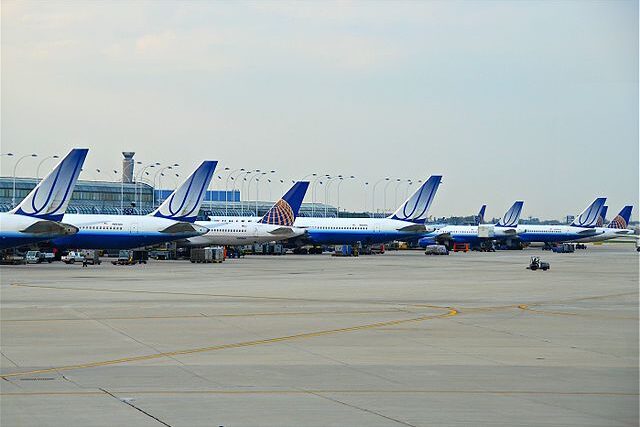
Chicago hits the noise red zone with roaring elevated trains, congested roads, and intense air traffic, O’Hare sees over 2,000 flights daily. High traffic density on its roads and commuter vehicles compacted into the city contribute heavily to urban swirl. Health campaigns have flagged chronic noise exposure as a cardiovascular risk. To combat these, the city is expanding insulation programs for homes near airports, aiming to buffer residents from persistent aircraft droning.
4. Houston
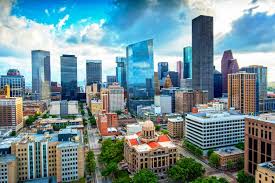
Houston’s rapid expansion has brought freeways cutting through residential areas, backed by industrial zones and red-hot summer A/C units: a perfect storm of persistent hum. Pollution‑focused reports regularly list it among the top noise-polluted metros alongside LA and NYC. The city applies land‑use noise restrictions, and recent innovations like quieter paving surfaces have been tested on I‑10 to combat road noise. But the booming population and infrastructure development keep the cacophony constant.
5. San Francisco
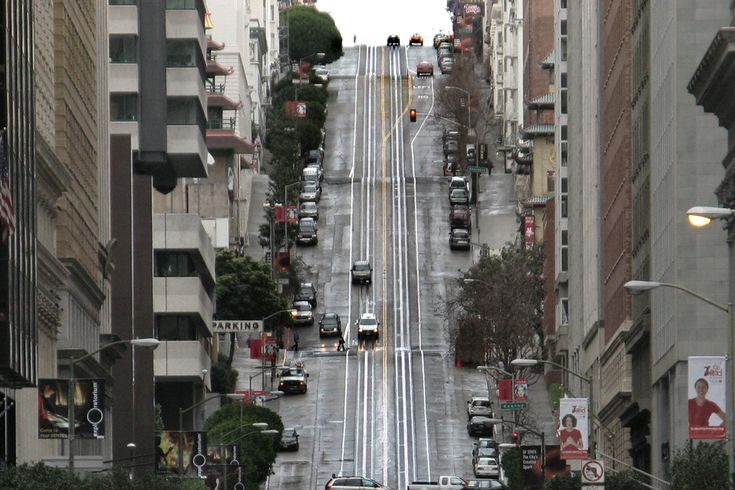
San Francisco’s hills act like amphitheaters, amplifying engine revs, delivery trucks, and historic cable-car bells. Add busy air routes into SFO and buzz from urban nightlife, and the layers of noise can feel unrelenting. To address flight-related noise, the city’s Airport Noise Abatement Office monitors community complaints and enforces mitigations. Still, residents near transit corridors and nightlife hubs often struggle with sleep disruption and increased stress.
6. Miami
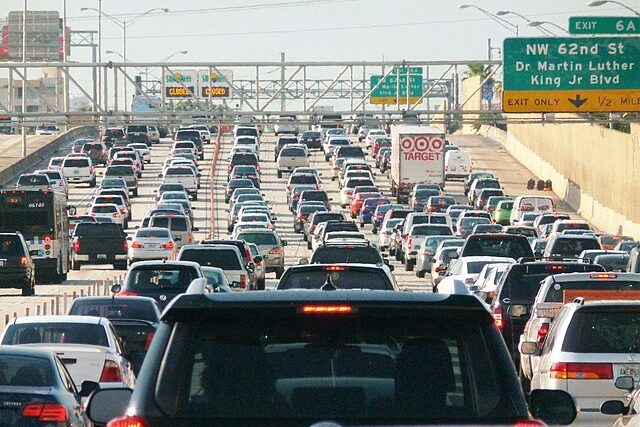
Miami’s mix of nonstop beach traffic, clubs, and crowded streets pushes ambient noise levels well above WHO daytime guidelines of 55 dB. Sun‑and‑fun zones often swell with honking cars, loud music, and street vendors, creating a soundtrack that stays loud well into the night. This constant stimulation takes a toll on sleep patterns and overall stress. Studies have linked persistent mixed urban and nightlife sounds to heightened heart rate and disrupted rest, especially for residents near nightlife corridors. Multiple studies also highlight Miami as among the worst U.S. cities for sleep quality and noise exposure. One study found Miami ranked #1 as the worst city for sleep, citing traffic, construction, nightlife, and aviation noise with an average of 52.31 dBA higher than Boston, NYC, and Chicago. Amerisleep data also ranks Miami #1 as “most awake” nation‑wide, indicating elevated nighttime noise and light pollution.
7. Washington, DC
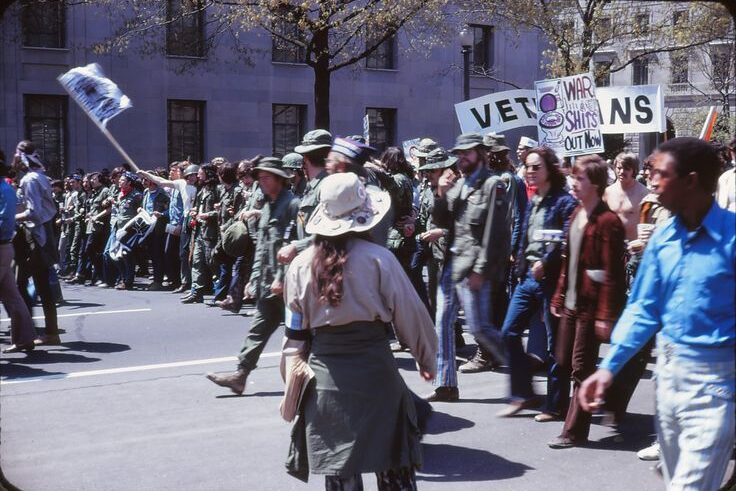
In Washington, sirens, motorcades, and protest crowds are everyday occurrences. Air traffic and heavy traffic in the capital further swell decibel readings regularly into the 60s and 70s. Both routine city functions and political events add layers of sound that make relative quiet hard to find. Public health data across U.S. metro areas show that chronic noise exposure elevates hypertension and stress risk. DC’s noise levels have triggered local efforts to reinforce quiet zones near hospitals and parks, but the urban core remains persistently loud.
8. Atlanta

Atlanta’s rapid growth has led to widespread road construction, freeway congestion, and heavy equipment noise. DOT sound‑mapping highlights major interstate corridors and development zones as hotspots of ambient noise exposure. Local noise studies report that residents near major highway routes or ongoing construction sites identify fatigue and difficulty sleeping as common complaints. Regional health agencies warn these stressors contribute to rising hypertension rates.
9. Boston
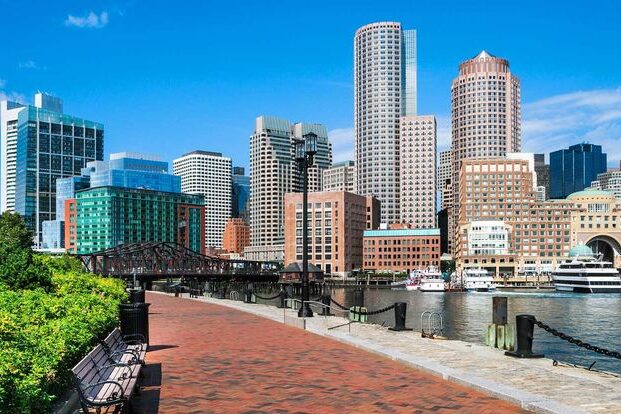
Boston’s dense brick-and-concrete architecture means sound echoes around narrow streets. DOT mapping shows congestion corridors and older infrastructure areas frequently exceed recommended sound thresholds of 60 dB. Also, residents living near busy transit stations or commercial hubs report higher levels of street‑noise intrusion into homes, even at night, leading to decreased sleep quality and increased reported anxiety.
10. Philadelphia

Philadelphia’s aging roads, dense rowhouse neighborhoods, and heavy honking traffic elevate baseline noise levels. DOT’s transportation noise maps illuminate clusters of high-impact sound near freight rail lines and major roads. Health researchers highlight that chronic exposure contributes to hearing issues and elevated stress biomarkers. As a result, local agencies now target sound-insulating older buildings and encourage green buffers to dampen urban noise levels.
11. Las Vegas
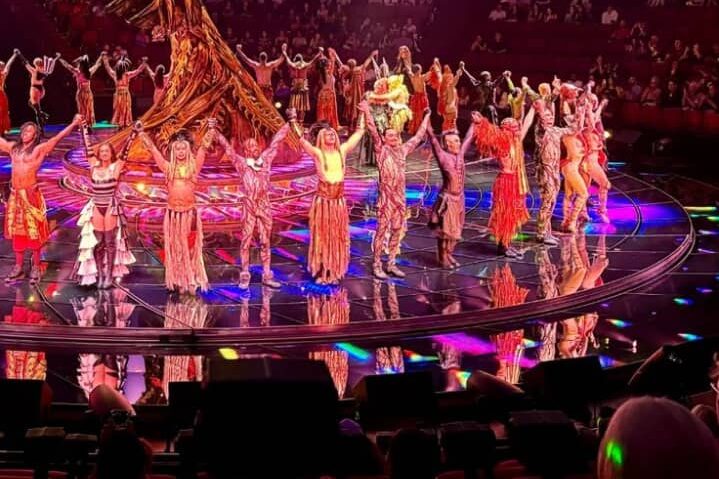
Las Vegas never sleeps, and neither does its noise. On the Strip, the sounds of slot machines, live shows, countless taxis, and chattering crowds blend into a persistent urban roar. Sound‑mapping data from reliable sources ranks Las Vegas among the top noise-polluted metro areas, matching other major cities with cruise‑ship‑busy decibel averages. The 24/7 entertainment economy makes quiet solace hard to find. Local studies also pinpoint traffic and pedestrian noise spillover deep into residential zones. Chronic exposure to such sounds, ranging from honking taxis to amplified music, can increase heart rate and heighten stress. Residents often invest in soundproof windows and choose quieter hours for outdoor activities to offset the constant bustle.
12. Newark
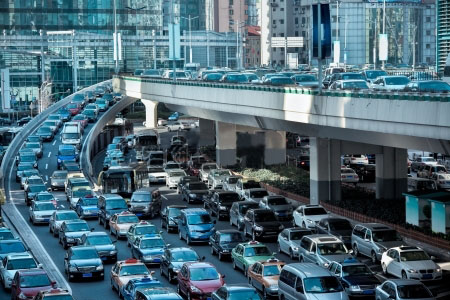
Newark, NJ ranks among the loudest cities in America largely due to its proximity to Newark Liberty International Airport—one of the busiest on the East Coast—and its dense network of highways and freight rail lines. Constant air traffic, honking congestion on I-78 and the New Jersey Turnpike, and the rumble of industrial zones contribute to average noise levels that regularly exceed federal health guidelines. The city’s compact urban layout traps sound, and noise-mapping data from the U.S. Department of Transportation highlights Newark as one of the country’s top-tier noise exposure zones. Residents near transit hubs and flight paths often report sleep disruptions, elevated stress, and difficulty concentrating—symptoms closely tied to chronic noise pollution. While sound barriers and curfews exist in some zones, the nonstop churn of planes, trucks, and trains makes silence a rare commodity.
13. Seattle
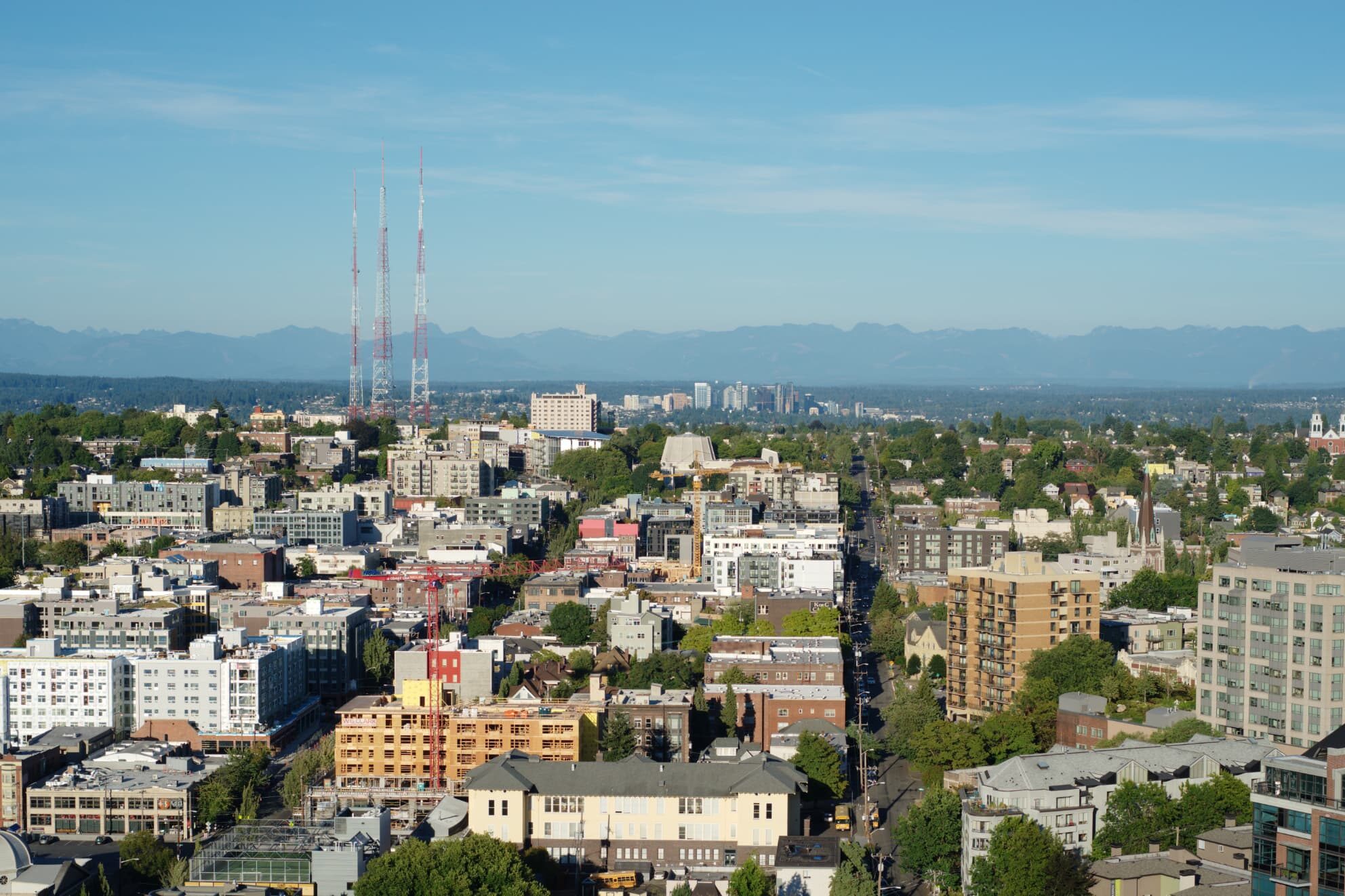
Seattle, Washington has booming growth in construction and tech, which has translated into relentless noise, especially in downtown and Capitol Hill areas. A University of Washington professor noted the city suffers from “chronically high noise levels from construction of any city in the nation”. Average ambient levels often climb into the high‑70s dB, surpassing normal conversation and edging toward harmful exposure. But that’s not all, during Seattle’s annual Blue Angels air show, residents report jet noise reaching 100–110 dB, with some even hearing sounds as loud as 130 dB, on par with chain saws and live rock concerts. These spikes in continuous urban and occasional extreme noise underscore why many Seattleites invest in quiet-zone measures and advocate for stricter construction and flight-time regulations.
This story The 13 Loudest Cities in America, According to Noise Pollution Experts was first published on Daily FETCH


